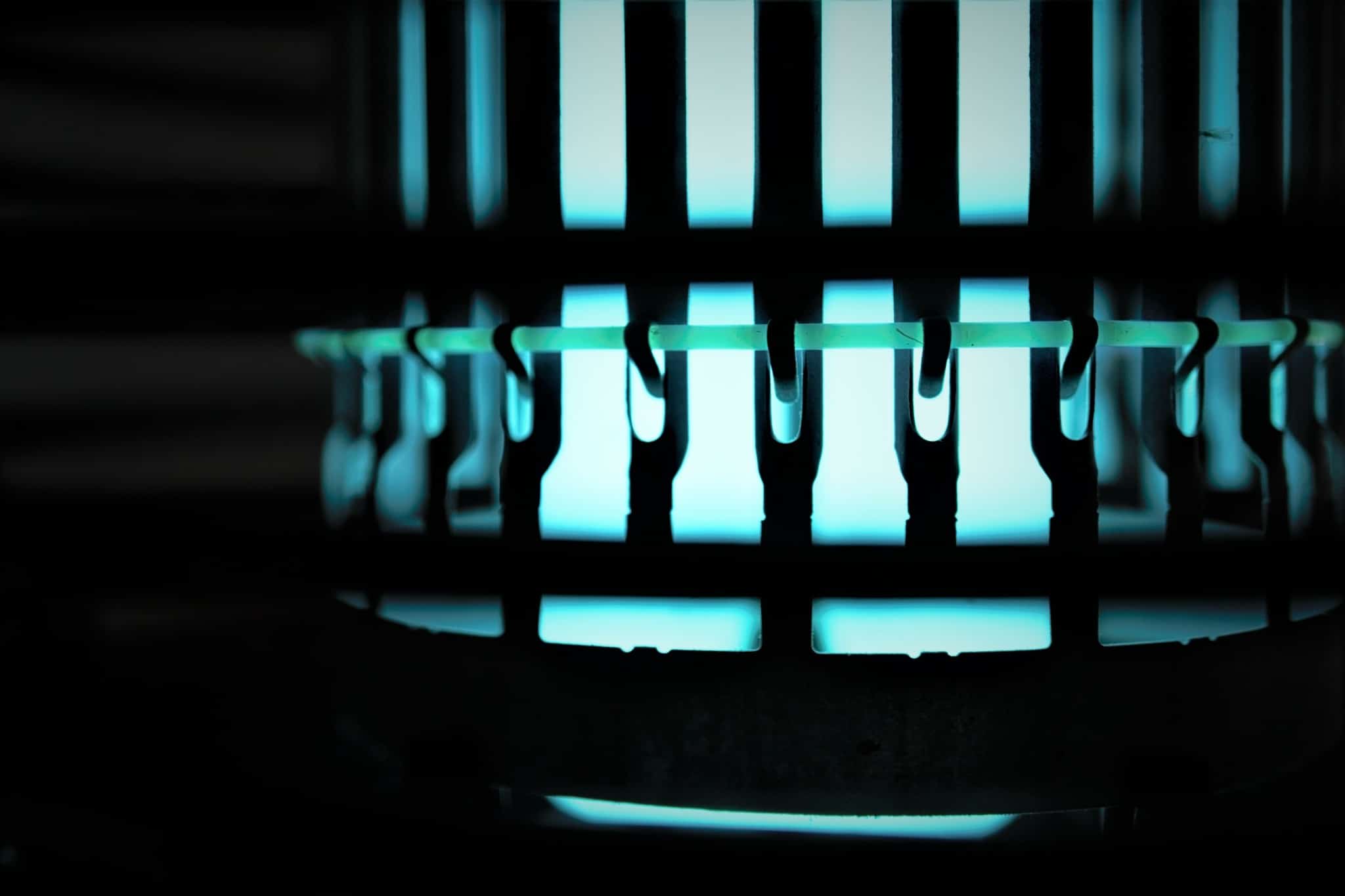LED lighting has proven itself to be an energy-saving option to traditional incandescent or fluorescent lightbulb. When it comes to being outdoors, though, do LED lights attract bugs or deter them?
Insects are attracted to lights. We see examples of this by looking up at street lamps at night and seeing the swarms around them.
Their attraction to light is based on an instinctual draw that helps them navigate the earth.
At Environmental Pest Management, we understand the nature of the pests that we treat. We treat pest problems wholly and humanely in the Twin Cities greater area of Minnesota.
For integrated pest management, we have a goal to know the life cycles of insects and their behavioral patterns. Those patterns include their attraction and relationship to lights.
For a free quote and information on how to keep your home comfortable and pest-free, contact us today!
Do LED Lights Attract Bugs? Here’s How Lights Measure Up.
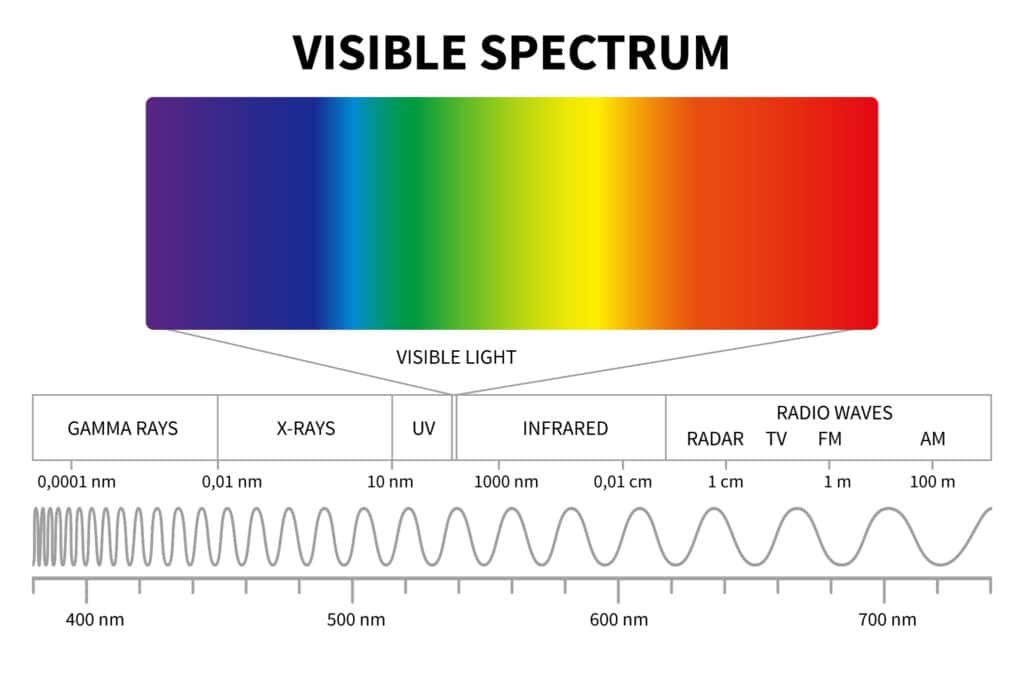
One way that light can be measured is in wavelengths, which are measured in nanometers.
Warmer colors such as red, orange, and yellow measure longer wavelengths of light and are less visible to insects. Cooler colors, on the other hand, are measured in shorter wavelengths.
The range from red-colored to UV light measures anywhere from 400-800 nanometers. Cooler tones will register 300-650 nanometers.
Ultraviolet or UV light lies with the cooler colors and registers at 350 nanometers. That reading makes it very attractive to insects.
Flying insects primarily use the light that they see to navigate. Much like humans, the light they see is only a fraction of the entire light spectrum.
400 – 800 Nanometers
- What humans see
- Ranges from the color violet to red
- It does not include UV light
350 Nanometers
- Ultraviolet light
300 – 650 Nanometers
- What insects perceive and are attracted to
- Includes UV light
- Insects prefer light that falls between 300 – 420 Nanometers.
Insects can see UV light and are attracted to it, so many bug lights use it.
The three primary colors that bugs see are UV, green, and blue: the cooler tones on the light spectrum. Insects are less able to register warmer colors like orange, red and yellow.
Staying away from lights with cooler tones can keep flying insects at bay in your outside spaces. Cooler-colored lights are often used in outdoor settings because they appear to be brighter.
These were also the only lights available to customers for decades. Bugs swarming around them at night was quite normal.
An LED bulb that gives out a warmer tone will be just as bright without attracting annoying flying insects. LED lights with higher wavelengths do not attract bugs because the bugs can’t see them.
Going Toward the Light
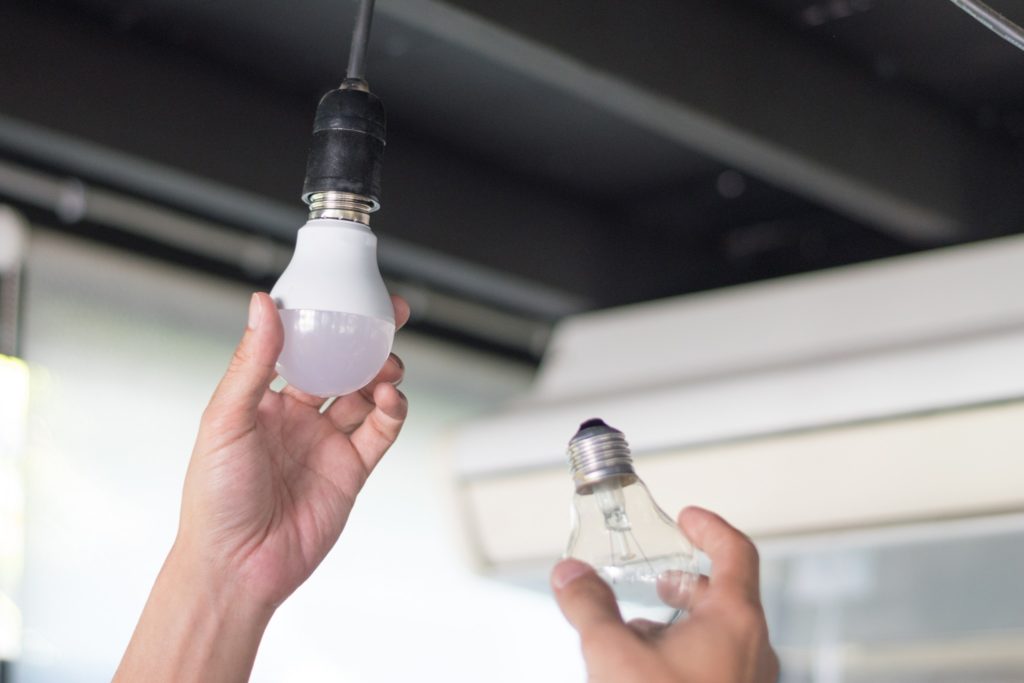
Traditional incandescent light bulbs are cooler in tone and put out a lot of heat. These light sources are typically used outside and attract flying insects.
Incandescent and halogen bulbs are especially attractive to insects because they give off the most heat.
These bulbs give out 90% of their energy in the form of heat. This is really important to the insects who navigate with heat receptors.
Insects of the blood-sucking persuasion are attracted to the change in temperature from one thing to another. So when a mosquito, for example, senses a higher temperature, they will go to it.
Request A Free No-Obligation Quote Today
We serve Dakota, Hennepin, Ramsey, Washington, and Anoka Counties.
We also serve Carver, Scott, Rice, Lesueur, and Steele
The bloodsuckers interpret the change in temperature as a sign of a food source.
This is one of the reasons that insects are attracted to traditional lighting. The light insects are most attracted to is one that puts off lots of heat.
So, do LED lights attract bugs?
LED bulbs are built to be more efficient and give off much less heat. Insects feel less of a change in temperature, so they aren’t drawn to these lights.
This means you are not only running a more efficient household: you are avoiding bugs. You, my friend, are officially multi-tasking.
Bug Zappers and Color Lights
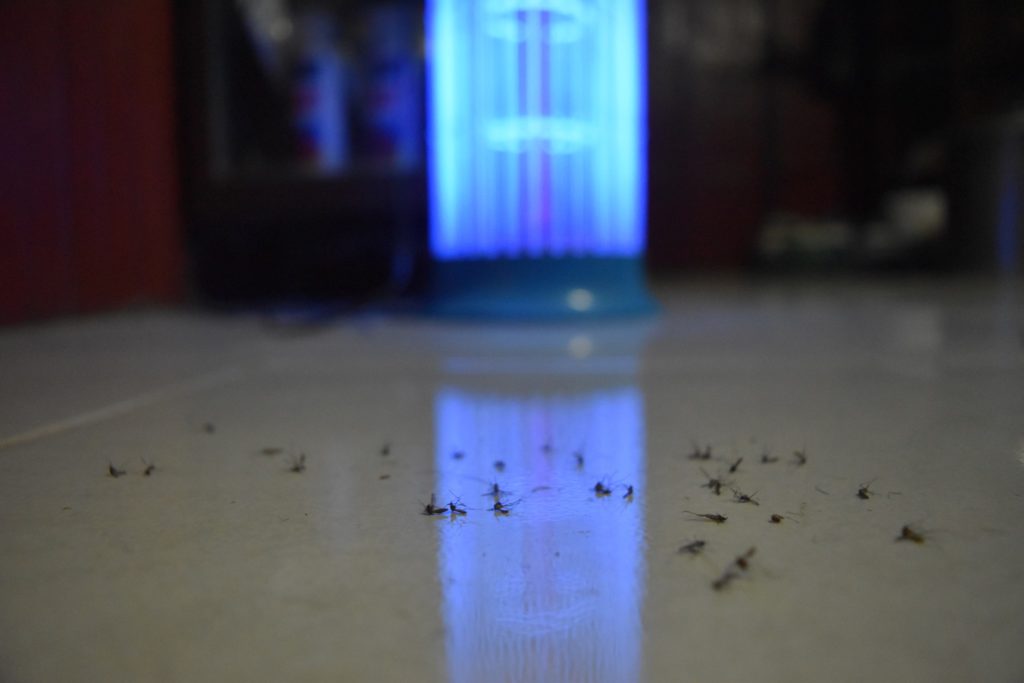
Bug Zappers attract insects by using UV light to attract the bug. When the insect is in range, the device sends out a jolt that electrocutes it.
The bug zappers that come to mind are ones that glow purple with UV light and have bugs around them.
They are often large and are accompanied by a loud buzzing and zapping sound.
Today there are LED options for bug zappers that draw insects into the kill zone using UV light. The rest of the bulb, however, is an LED light that will not have a cloud of bugs around it.
LED lights do not attract bugs the way incandescent lights do. But they do help make bug lights more efficient.
The LED options are also quieter than traditional bug zappers.
If bug zappers aren’t an option for you, color lighting is an alternative. As we’ve covered, bugs are primarily attracted to “cooler” colored lights.
Use a bulb that throws out a warm color light to draw fewer flying pests.
LED Lights Do Not Attract Bugs, So Keep The Light On.
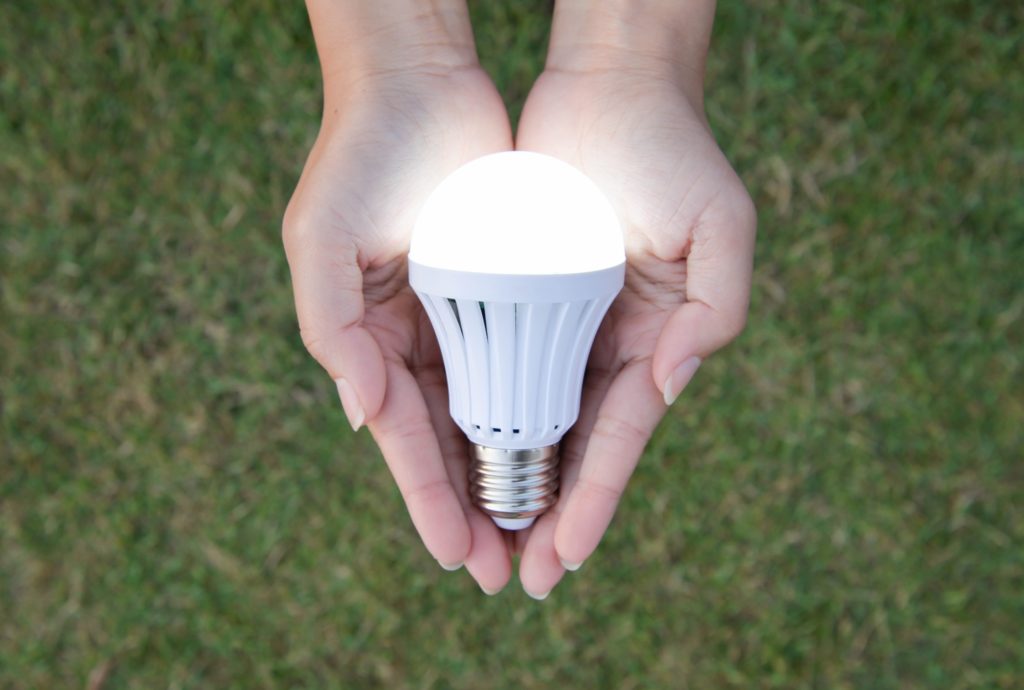
As warmer temperatures creep in, knowing how to protect your home from pests becomes more of a priority.
Environmental Pest Management is passionate about implementing safe and responsible ways to treat pest issues. Changing to LED lights uses no chemicals and is not harmful to humans, pets, or your home.
We have a continued membership with both the National Pest Management Association and Minnesota Pest Management Association. Those memberships allow us to keep education ongoing and work with the best minds in our industry.
The memberships to both national and state associations also hold us to a high standard. That higher standard keeps us doing our best for the client and the environment.
Using methods that are more environmentally responsible leads us to use more humane processes as well. We evaluate your case and use the most ethical and environmentally friendly options.
Our commitment to providing environmentally responsible pest solutions doesn’t stop at education. If you find yourself coping with a pest infestation, or would like a free quote, contact us today!

